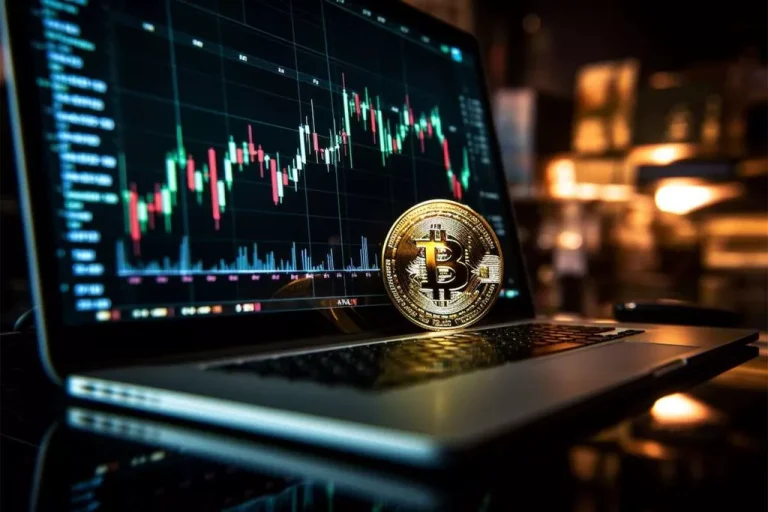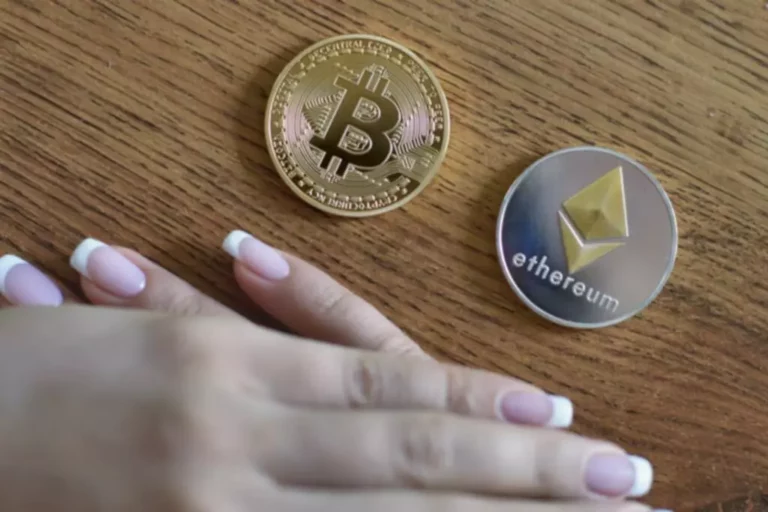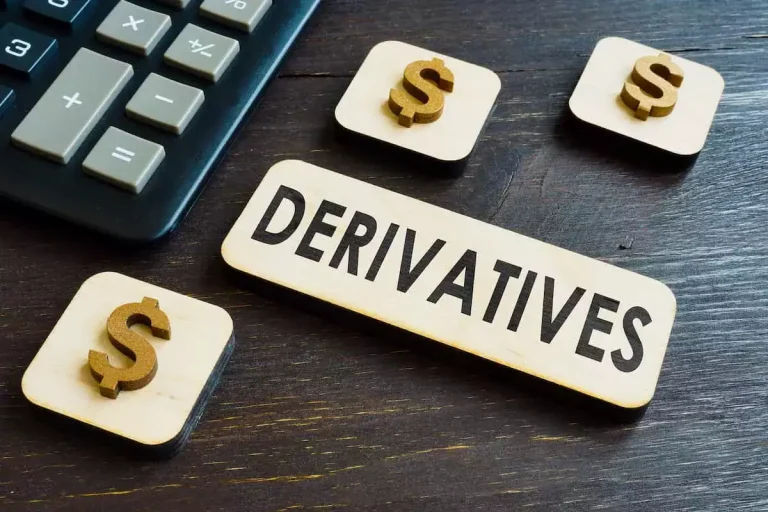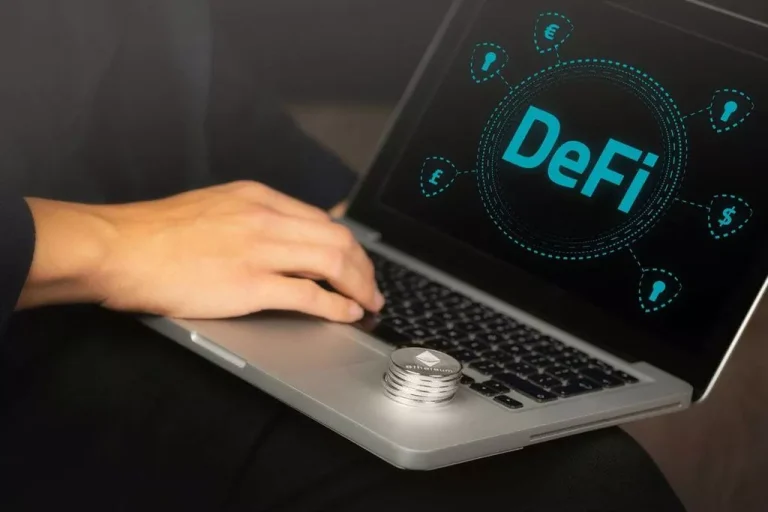Forex Liquidity Providers And Their Function In The Market
Any indication of past performance or simulated past efficiency included in this doc just isn’t a dependable indicator of future results. The right liquidity provider vs market maker mutual funds on your long-term goals with inflation-beating growth plus danger management. Investment in the securities involves risks, investor should consult his own advisors/consultant to discover out the deserves and risks of investment.
Sebi Research Reveals 93% Particular Person F&o Merchants Incur Losses
Market makers decrease the hole between patrons and sellers, shopping for and promoting monetary devices at more inexpensive prices to make belongings more out there and the market extra liquid. They do so by giving buy and sell quotes which automatically create liquidity in the market. A bid-ask desk reveals the hole between the best buy worth and best promote price. If the distinction between these prices is low, the chance in trading such counters reduces. To execute this commerce, the dealer sends the equal amount of USDT (based on the current worth of BTC in the pool, say 70,000 USDT per BTC, totaling 350,000 USDT) to the liquidity pool.
Function And Rules Of Liquidity Distribution In Foreign Exchange
Retailers may enhance demand forecasting, optimize stock administration, and enhance supply chai… Check out the newest DN-404 token normal, its options, advantages, and use instances in revolutionizing blockchain expertise and digital belongings…. Reporting features are critical for proper operations on the dealing desk. Therefore, the LP needs to provide a full-fledged reporting community that complies with all regulatory norms. It should get you access to the trade info, FIX bridge reporting, as nicely as the order guide historical past. CAs, experts and businesses can get GST ready with Clear GST software program & certification course.
How Brokers And Liquidity Suppliers Work Together
It will meet your demands and take your FX or crypto brokerage business to new heights. The first-class liquidity aggregators must pay due attention to this facet. It is a liquidity indicator for the reason that actual Bid/Ask orders for a selected asset are shown. The extra purchase and sell provides for a specific foreign money or crypto coin, the deeper the order e-book of the crypto trade White Label. Stockbrokers can even perform market-maker functions, however this will create a conflict of curiosity as they could be incentivised to suggest securities that make the market to their purchasers. Liquidity pools play a pivotal position in the DeFi area, offering an environment friendly way for users to offer and entry liquidity.
Wasabi, Bechtle Companion To Strengthen Cloud Storage Offering

At current, we’re market makers on various world exchanges corresponding to DGCX, SGX and CME. The liquidity supplier acts at each ends of forex transactions. Nowadays stockbrokers have liquidity suppliers who make the commitment to supply liquidity in given fairness. One of the first obligations of market makers is to keep two-sided quotes.

Additionally, you’ll have the power to see if the provider has any details about compliance with legal guidelines on its website online. Trusted authorities are monitoring the broker to ensure everything they do is above board. Market Makers are additionally able to execute trades fairly shortly, particularly in the occasion that they use low latency servers. Market makers purchase massive portions of focused illiquid inventory and maintain the shares in their inventories. Afterwards, they create bids that point out the amount, cost, and promoting worth. Once they obtain buy orders from buyers, they quickly sell the talked about amount of shares on the pre-mentioned promoting value.

Carry Forward And Set Off Of Losses With Faqs
The particulars mentioned in the respective product/ service document shall prevail in case of any inconsistency with respect to the information referring to BFL services on this web page. The forex industry is heavily influenced by market makers who possess substantial power. By controlling pricing, they impression complete sectors and sovereign areas. Portfolio diversification lessens overall danger by minimizing losses from unfavourable junctures in any single foreign money. They also unfold exposure across numerous currencies and economies.
Capital Acquire Exemption On Funding In Two Adjoining Properties
Market makers are corporations that improve the liquidity and commerce quantity of stocks on a given exchange. However, when working as market manipulators, they want to comply with specific laws set by the country’s regulators to operate legally. Usually, they work in groups to subsequently convey more consumers and sellers into the market.
A liquidity pool is a digital pool of cryptos locked inside a sensible contract that helps decentralized buying and selling. These property function the foundational liquidity to execute trades for anyone wishing to swap one token for an additional within this DeFi framework. The main motivation for liquidity suppliers is to facilitate buying and selling and earn spreads. Market makers search to profit from the unfold by taking on market threat. Liquidity suppliers guarantee market liquidity by sourcing quotes from numerous entities.
The buying and selling charges given by prospects who swap tokens through the pool are distributed based on the proportion of their stake dimension routinely. From this blog submit, you’ve seen the way in which brokers and liquidity providers work collectively and the significance of their collaboration. Brokers provide easy market entry, facilitate commerce execution, supply leverage to allow patrons to function, and monitor pricing to offer worth info.

The presence of liquidity providers (LPs) is essential as they allow brokers to access different funding options. Find out the most effective ways to utilise fund suppliers when establishing a new FX brokerage platform. When choosing a market maker Forex dealer, it may be very important consider elements like regulation, reputation, charges, and asset provides. FXTM, FP Markets, AvaTrade, Eightcap, and Plus500 are a few of the top market makers in the sector. To find the best dealer that fits their trading style, merchants ought to consider their unique calls for and preferences. They act as a intermediary between traders and the market by setting the prices at which their clients can purchase and sell currencies and different property.
- The asset markets need to provide the highest liquidity as a result of it helps to stay nonetheless and operate correctly.
- Before going into virtual automated market makers (vAMMs), it’s important first to know what automated market makers (AMMs) are.
- This can be a valuable opportunity because it could help you in finally making up your thoughts, when the time comes.
The most typical example of market makers are stockbroking houses that provide investing and trading services. Since these houses employ stock market specialists, they are appointed by stock exchanges to make sure there’s enough liquidity available in the market. The inventory exchanges concern that if a inventory is highly illiquid, it won’t see volatility and received’t change in price constantly. If a inventory is not volatile at all, it won’t see any demand from traders and investors, leaving the present shareholders without any sellers. An ECN system is an digital platform that shows the optimum bid and ask costs for a security, matches the consumers with sellers, after which sends orders through for execution.
The data is launched with out consideration of the funding aims, menace tolerance, or financial circumstances of any explicit investor and won’t be suitable for all consumers. Liquidity providers ensure that the market has tradable foreign money pairs and supply pricing data. While brokers hyperlink traders to liquidity providers and execute trades on behalf of the merchants. There are two key players you possibly can’t bypass within the overseas change (FX) market, the liquidity providers and brokers. These parties’ collaboration ensures a liquid and environment friendly FX market for traders.
Read more about https://www.xcritical.in/ here.









